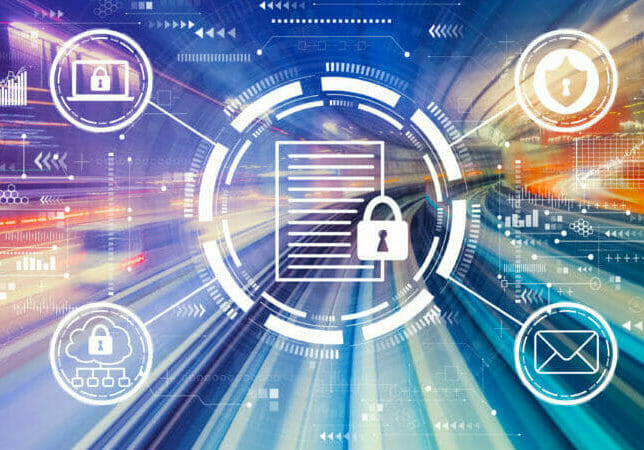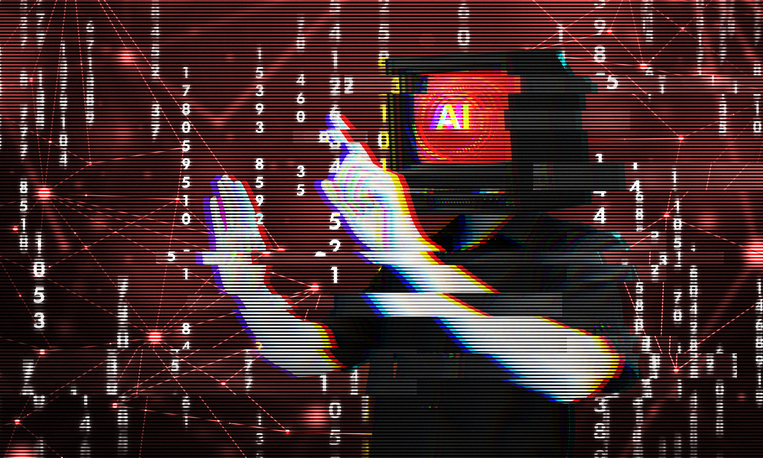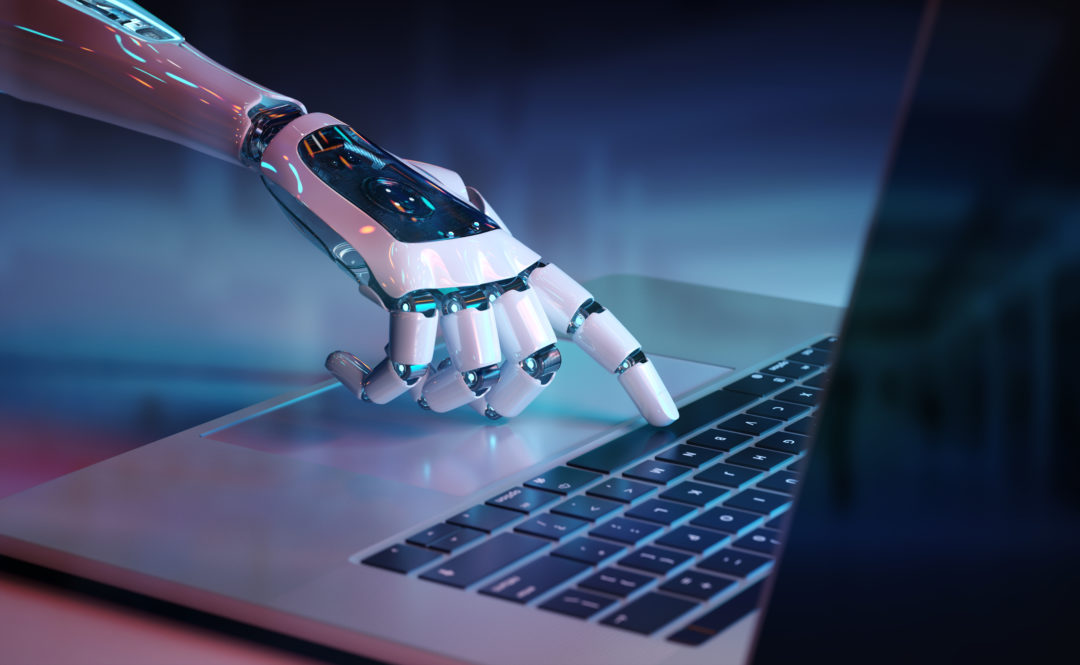Real-time Data and Cyber Security: Key to Mitigating the Risk
Many of the discussions surrounding cyber security mention how it must be more of a priority than ever. Attacks are getting increasingly sophisticated and severe, leaving organisations scrambling to repair the damage.
Some people also talk about how it takes businesses too long to notice cyber threats. That issue means that when they do find evidence of infiltrations, it often takes longer to fix things since hackers had a prolonged period in which to wreak havoc.
These issues have led analysts to suggest that real-time data could address some of cyber security’s weak spots. Real-time data gets delivered to end-users immediately after collection. That characteristic alone means IT professionals could receive up-to-date insights about the security of a network or related topics, and promptly act on them.
Security Professionals Struggle to Contain Threats
One of the reasons why bringing real-time data to cyber security makes so much sense is that security experts find it hard to manage the threats they face. They don’t notice them within the timeframes set by CrowdStrike as best practices for cyber security specialists.
The company recommends allowing only one minute to detect an intrusion, 10 minutes to investigate it, and one hour to remediate the issue. The company calls this the 1:10:60 rule, and it recognises the role of automated systems to aid in faster detection. If a system gathers real-time data, users can rest assured they are getting the most recent details about what’s happening within a network.
Some Cyber Security Maps Display Real-time Data
Information delivered in a visual format is easier for many people to digest. That reality led to the rise of infographics and similar resources that aid viewers in seeing data in context and noticing things they may otherwise miss.
Many cyber security companies that offer real-time data solutions transfer their collected information onto maps that update as conditions change. Some of them show cyberattack occurrences by area, as well as their types. Others reveal the locations of servers used to conduct internet-based crimes.
A Real-time Operating System May Be Required
Like real-time data systems, which make information available as soon as it comes in, a real-time operating system (RTOS) is for applications that must process information immediately without buffer delays. Processing occurs in a tenth of a second or even less time.
The military is a sector that commonly relies on RTOS technology, particularly because it offers several features that meet the needs of defence departments.
AI Can Give Feedback Based on Real-time Data
Sometimes, it’s not enough to merely collect real-time data for cyber security purposes. The professionals who rely on the information also appreciate if a system gives them appropriate feedback that can shape their future actions. Some companies include artificial intelligence in their real-time data solutions. The idea is that AI algorithms immediately analyse real-time data, and then recommend procedures for cyber security teams to follow.
Conclusion
The options for using real-time data to improve cyber security efforts are still in the relatively early stages. However, there’s no doubt that security practitioners understand the need to deal with threats sooner – real-time data collection enables achieving that goal. Threats get mitigated sooner and teams feel more confident about how equipped they are to keep new cyber security risks at bay.
Frequently Asked Questions
What are the newest cyber attacks to look out for?
With cyber attacks constantly developing and getting sneakier, we look at some of the newest attacks that companies must look out for. Read here
How can real-time data strengthen cyber security efforts?
The post Real-time data and cyber security: key to mitigating the risk appeared first on Information Age.











